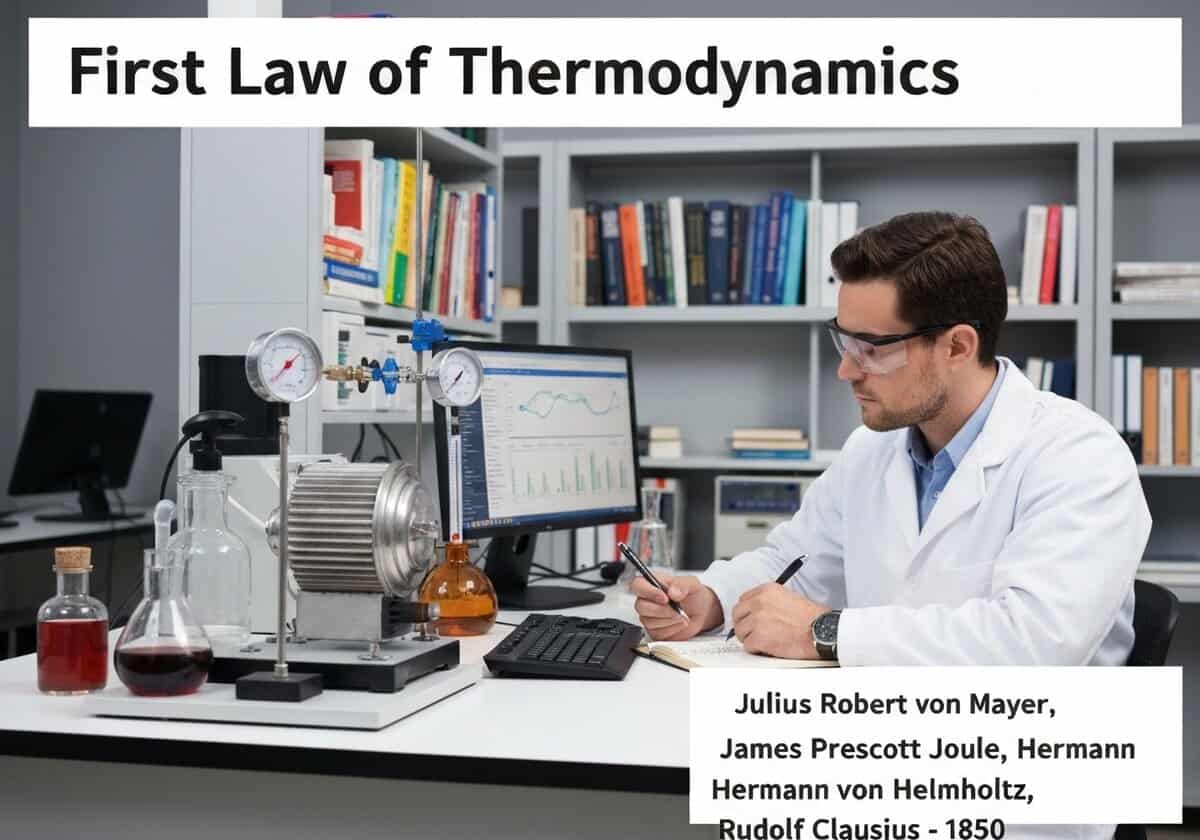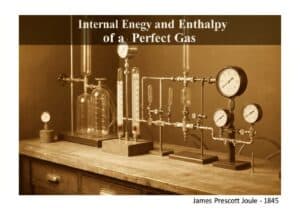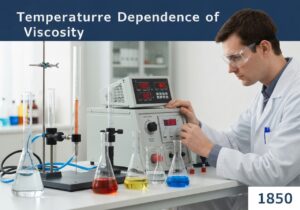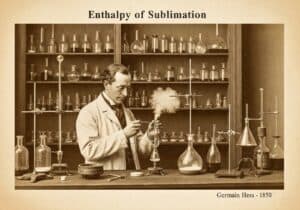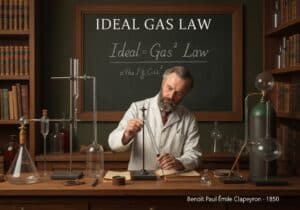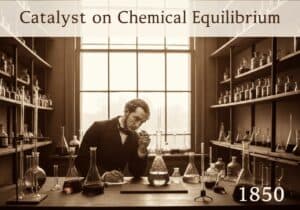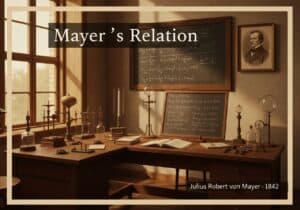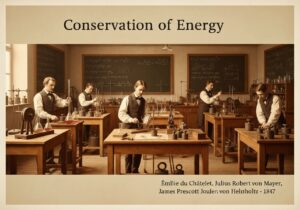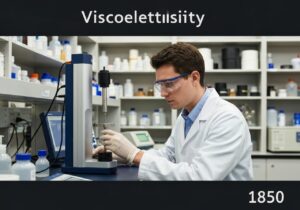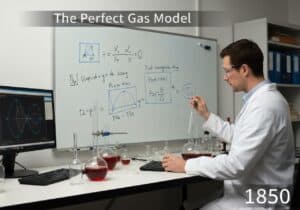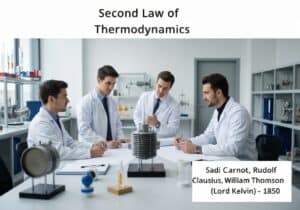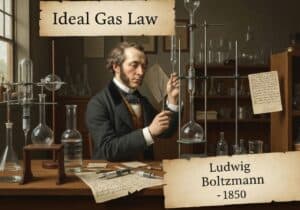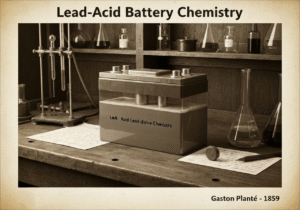The First Law is a statement of the 能量守恒. It posits that the change in a closed system’s internal energy ([latex]\Delta U[/latex]) is equal to the heat supplied to the system ([latex]Q[/latex]) minus the work done by the system on its surroundings ([latex]W[/latex]). The governing equation is [latex]\Delta U = Q – W[/latex]. This law links heat, work, and internal energy, establishing heat as a form of energy transfer.

